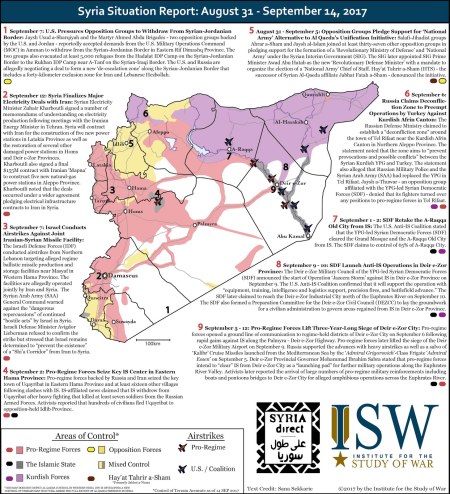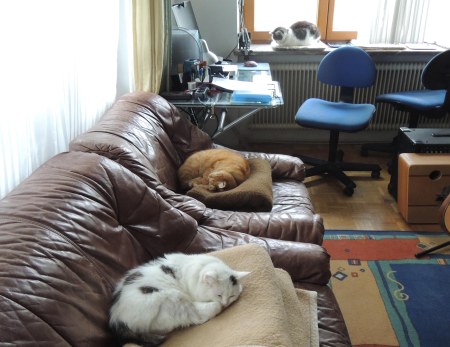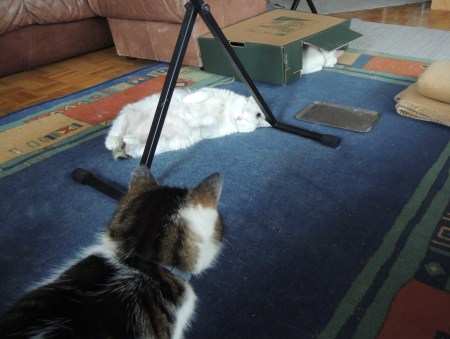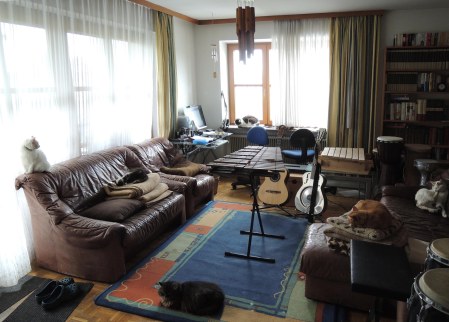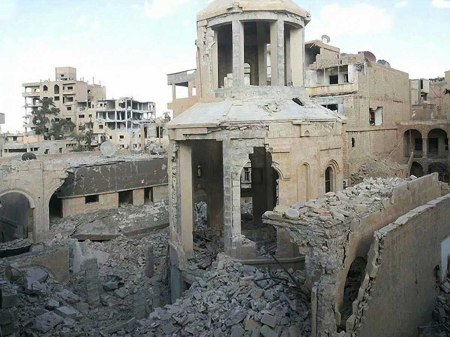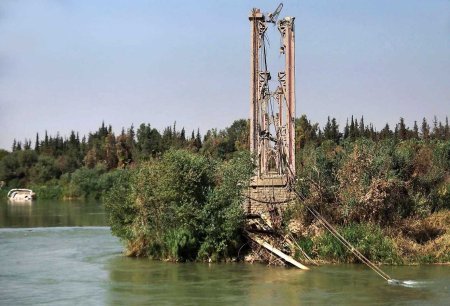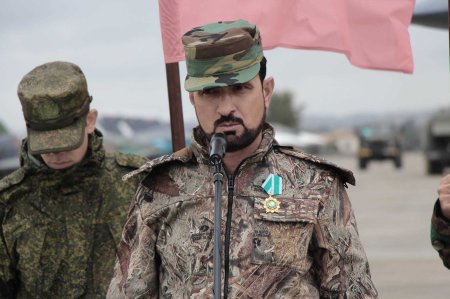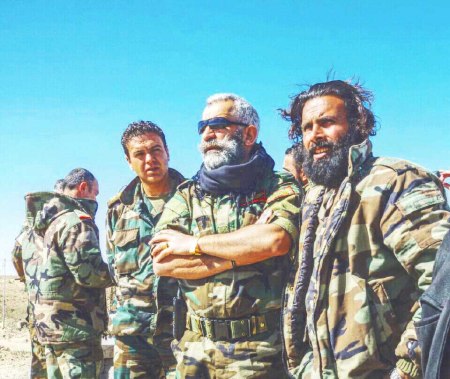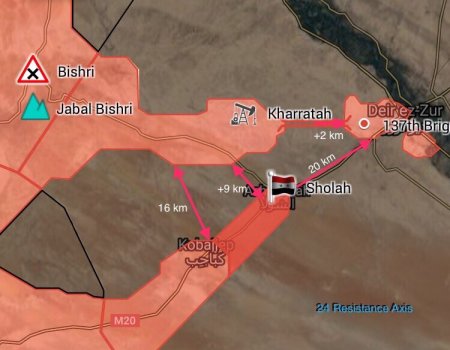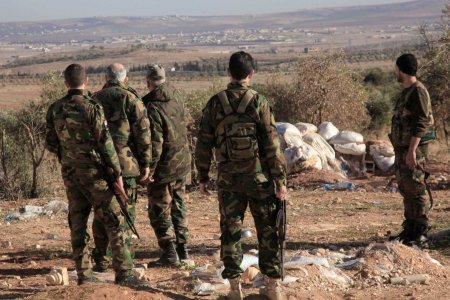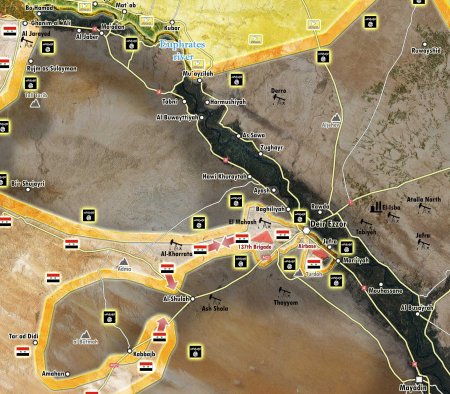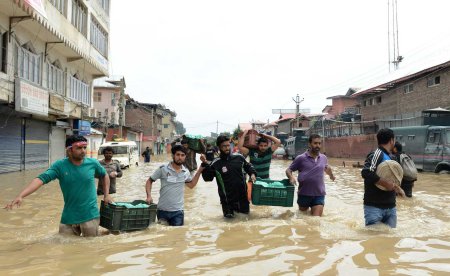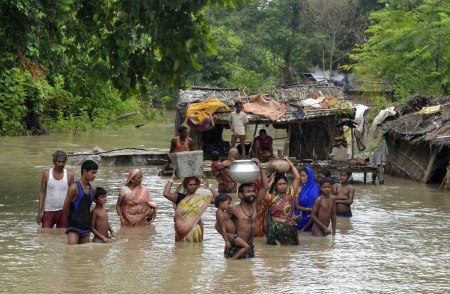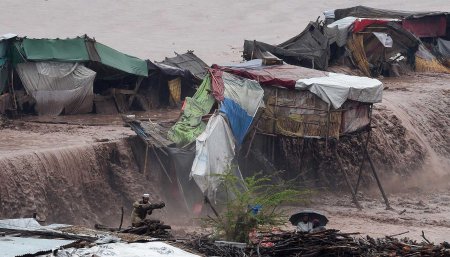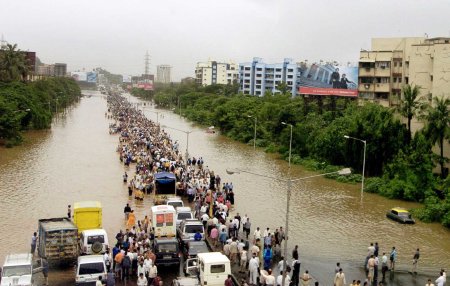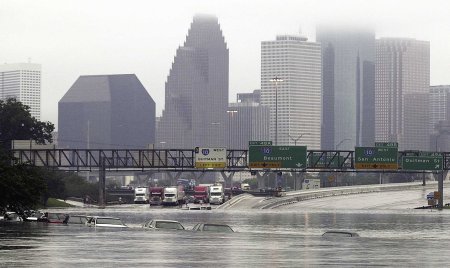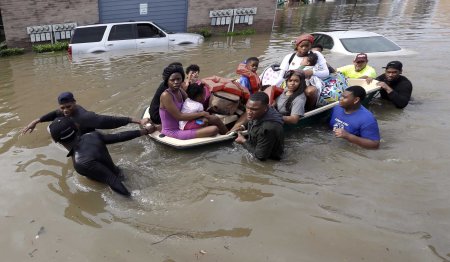In the course of a few days Cuba was struck by Hurricane Irma, Puerto Rico by Hurricane Maria, both monstrous storms who destroyed crucial infrastructure, buildings, and agriculture.
Cuba is a poor country without any considerable mineral resources, a former Spanish colony, exploited and neglected like every other colony. After the USA defeated Spain in 1898, a US-dependent government and later a dictatorship were installed — Cuba became an American colony in all but name. This ended when a guerrilla movement under Fidel and Raul Castro overthrew the dictatorship of Fulgencio Batista, resulting in a failed invasion attempt (Bay of Pigs) and a trade and travel embargo which has Cuba cut off from the American mainland since 57 years. After a short easing of the embargo, restrictions on travel and business were increased again by US President Donald Trump.
Cuba is called a communist dictatorship, it is uniformly denounced and condemned in western media for its human rights record and failed economic policies. The response to the disastrous storm though surprisingly appears to have been appropriate.
Determination and solidarity are the key
Hurricane Irma initially was expected to largely spare the island, but instead, the storm practically ran the whole length of the nation, leaving a path of destruction along the northern coast. This was the first time the eye of a category five storm reached Cuba since 1932, and the immediate consequences were dire.
The malecon, Havana’s famed seawall, was no match for the 20-foot swells that hurtled against it. Low-lying neighborhoods were flooded, laying to waste the belongings of tens of thousands of Habaneros. The historic hurricane took 10 Cuban lives, damaged more than 4,000 homes, inundated downtown Havana with knee-high floods, and destroyed thousands acres of sugar cane. More than 3.1 million people — a quarter of the island’s population — lost water service.
Army, police, firemen, and thousands of state employees were in the streets of Havana from the moment it was safe to be out. Despite the lack of adequate materials, teams with chainsaws arrived to remove the worst of the felled trees and clear much of the debris.
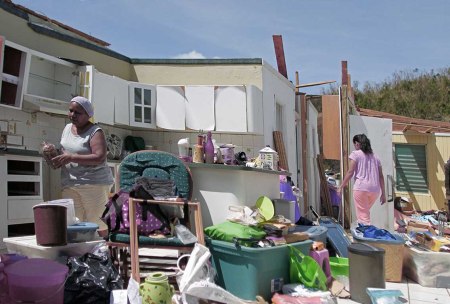
The Cuban capital was largely without power or water for six days. After that first week, though, most of the island regained power relatively quickly. Some of the big tour operators have started again to tweet pictures of the main tourist beaches in resorts like Varadero, showing them freshly cleaned and open for business.
Although many people have returned to their homes, thousands remain evacuated due to the partial or total destruction of the houses or apartments. Some 500 schools and other public institutions continue to serve as shelters for people who lost their home.
Biased media coverage
US media coverage focused on horrific scenes of destroyed coastal towns and severe flooding in the capital. Along came a US State Department travel advisory that urged visitors to “carefully consider the risks of travel to Cuba.”
The BBC reported widespread criticism of the state’s response that was purportedly voiced on the street by many Cubans, citing a Habanero: “If the Commander in Chief, Fidel Castro, was still alive, I can tell you this would have been very different.”
But even the BBC had to admit: “Nevertheless, in some of the worst-hit areas of the capital the operation was impressive and, government propaganda aside, the truth is that much of Cuba is getting back to normal after the devastating storm.”
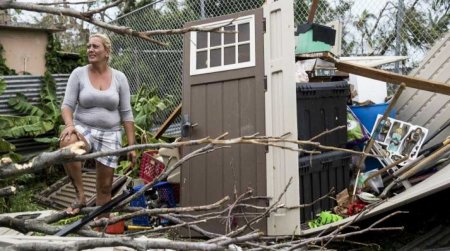
As usual after natural disasters in Latin America, a Venezuelan Air Force Y-8 plane with a load of 7.3 tons was the first help to arrive. The shipment consisted of mattresses, water, and canned food. Another 600 tons are on the way by ship, including construction materials, doors, windows, sinks, and other practical goods. Venezuelan President Nicolas Maduro instantly went to Havana, formally delivering a donation for hurricane victims.
Panama was the next to airlift a shipment of four tons of humanitarian aid and Russian Emergencies Minister Vladimir Puchkov instantly promised 1,200 tons of construction materials. The governments of Argentina, Bolivia, Colombia, Costa Rica, China, Dominica, Ecuador, El Salvador, Spain, Mexico, Nicaragua, Uruguay, and Vietnam also expressed their willingness to assist.
No help can be expected from the USA. There are millions of dollars worth of food, medicine, and building materials stored in the US military base at Guantanamo Bay in the easternmost part of Cuba, known for its detention camp where suspected Islamists are held without trial.
Providing some help would be a gesture of good will, costing not much, yet the US military has not shared a single bottle of potable water with Cuban residents affected by the hurricane outside the perimeter fencing at the base.
That “determination and solidarity” are part of Cuba’s collective consciousness and not just a slick political slogan, has been proven beyond doubt by countless individual responses to the disaster. Left without electricity and gas, families cooked for their neighbors the collected leftovers from defunct fridges with charcoal. Firms and professionals of all trades shared their resources with others who normally would be competitors. Every abled person joined the rescue efforts, cleaning up and rebuilding started immediately after the winds eased.
The contrast could not be more stark
Just like Cuba, Puerto Rico was taken over by the USA after the victorious war against Spain. Citizenship to the island’s residents was granted in 1917, mainly to draft 20,000 of them into service for WWI. Puerto Rico is a US commonwealth (though not a state), it is part of the worlds richest country and one would expect that the storms damage could be overcome much faster and easier than in Cuba.
Yet, while Cuba is quickly returning to normal, Puerto Rico is in chaos.
The official death toll stands at 16, but there is no doubt, that it will climb when remote areas finally can be reached and the rubble of destroyed buildings be cleared away. When that will be or if it ever will be is everyone’s guess.
The dam on the Guajataca River is failing, forcing the emergency evacuation of 70,000 from the towns Isabela and Quebradillas plus surrounding areas. Unfortunately many people cannot be reached, as roads have been swept away while landlines and cellphone services are down (cellphone service has been wiped out in three quarters of the island).
The country’s agriculture has been devastated, with more than 80 percent of its crops destroyed. Thousands of trees continue to block main highways and thoroughfares, while some neighborhoods still remain flooded.
Between 40 and 60 percent of the population lack access to potable water, while food is limited and difficult to get. Hospitals report that they are within days of running out of medicine, essential supplies, and fuel to run power generators. Garbage is going uncollected, while many streets are still flooded. Conditions are growing for the spread of deadly diseases, including cholera.
16,000 people have taken refuge in shelters, while thousands more are camping out in homes left in shambles and without roofs. In the central mountains outside San Juan people are running out of food. Many communities still haven’t been assessed days after the storm passed.
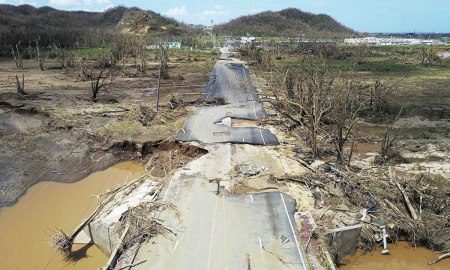
Traffic on flooded highways is being redirected by residents rather than the police, who are stretched to the limits. The main airport is in chaos with anxious passengers unable to find out if they will be able to travel, let alone when. Some travelers at the airport were told that passengers who do not already have tickets may not be able to secure flights out until October 4.
San Juan Mayor Carmen Yulin Cruz told journalists: “What’s out there is total devastation. Total annihilation. People literally gasping for air in the merciless heat … People tell us often, ‘I don’t have my medication, I don’t have my insulin, I don’t have my blood pressure medication, I don’t have food, I don’t have drinking water.”
She spoke of people being taken from their homes in “near-death conditions,” including dialysis patients unable to get treatment and people whose oxygen tanks had run out. None of the hospitals which journalists visited had running water and all said that there were just days of supplies left.
The lifelines of civilization are cut
It will take weeks, possibly even months, to restore electricity, as most power lines are destroyed. Which means no refrigerated food, no fans or air conditioning in the tropical climate, no electric pumps to bring running water into homes, no electric stove to cook, no telecommunication. Electricity has to come from power generators, but fuel for them is also hard to get and costly.
To make matters worse: Puerto Rico’s power plants are clustered along the island’s south coast, a hard-to-reach area that was left exposed to all of the hurricanes wrath. A chain of high-voltage lines across the island’s mountainous middle connected those plants to the cities in the north, but the pylons and cables are gone now. It could take as long as two years to rebuild the power grid.

New lines should be build underground to withstand further storms, but there is no money for that, because the utility company PREPA (Puerto Rico Electric Power Authority) is bankrupt with 9 billion US$ debt. Thirty percent of PREPA’s employees have retired or migrated to the mainland since 2012 — especially its most skilled workers. Puerto Ricans experienced four to five times the number of service outages as US customers on average, though they pay the second-highest rates in the US after Hawaii. Even before the storm an estimated 4 billion US$ would have been needed to upgrade the electric grid, now costs will be several times that amount.
If PREPA is privatized, wich is the usual way to fix things in the USA, rates will be even higher, but who will be able to pay them? Puerto Rico’s economy was not in good shape even before the storm. The poverty rate is around 24 percent and unemployment is 12 percent, six in 10 children live in poverty. The educated and healthy leave for the mainland, between 2004 and 2016 the islands population declined by more than 10 percent.

Investment in infrastructure has not been seen in years. Puerto Rico’s 73 billion US$ debt roughly equals the 72 billion US$ estimated storm damages. Local self-government was effectively abrogated in June 2016 with the creation of a US-appointed Fiscal Supervisory Board (JSF), which has overriding power over the territory’s budget and is charged with imposing austerity measures aimed at meeting payments to Wall Street bondholders and the hedge funds which sought out Puerto Rican debt.
Trump's “Katrina”
Aid and rescue efforts are sluggish and poorly organized — FEMA officials are often unable to provide the help that the community needs. A few stores have reopened, but most remain closed due to the power outage.
The island’s main port in San Juan works again and a dozen ships arrived, bringing 1.6 million gallons of water, 23,000 cot beds, food, and electricity generators. 2,600 National Guard members have been deployed to Puerto Rico and the US Virgin Islands.
It is not enough and it doesn’t come fast enough, this is only a fraction what the destitute population would need.
Phillip Carter of the Center for a New American Security called the relief efforts “anemic” in an Slate article:
In some cases it took the federal government days to even contact local leaders in Puerto Rico’s major cities, let alone deploy aid. Only the most rudimentary military support is now on the ground. This is inadequate and calls to mind the lethargic response by the Bush administration to Hurricane Katrina in 2005…
In the five days since the storm, FEMA says it has distributed more than 1.5 million meals and 1.1 million liters of water to Americans affected by the storms, with more staged for future deliveries…
But Puerto Rico has 3.4 million residents, and another 100,000 live in the US Virgin Islands. Clean water is a basic daily necessity. These islands’ residents will need orders of magnitude more — plus food, fuel, electricity, housing, medicine, and other necessities — in the months to come until local capacity is restored.
Will local capacity ever be restored? Or will Puerto Rico become a second Haiti, demonstrating what US control means for a Caribbean island and showing Cubans how lucky they are to be isolated from the American mainland by a 57 year long blockade?
Cuba is a poor country without any considerable mineral resources, a former Spanish colony, exploited and neglected like every other colony. After the USA defeated Spain in 1898, a US-dependent government and later a dictatorship were installed — Cuba became an American colony in all but name. This ended when a guerrilla movement under Fidel and Raul Castro overthrew the dictatorship of Fulgencio Batista, resulting in a failed invasion attempt (Bay of Pigs) and a trade and travel embargo which has Cuba cut off from the American mainland since 57 years. After a short easing of the embargo, restrictions on travel and business were increased again by US President Donald Trump.
Cuba is called a communist dictatorship, it is uniformly denounced and condemned in western media for its human rights record and failed economic policies. The response to the disastrous storm though surprisingly appears to have been appropriate.
Determination and solidarity are the key
Hurricane Irma initially was expected to largely spare the island, but instead, the storm practically ran the whole length of the nation, leaving a path of destruction along the northern coast. This was the first time the eye of a category five storm reached Cuba since 1932, and the immediate consequences were dire.
The malecon, Havana’s famed seawall, was no match for the 20-foot swells that hurtled against it. Low-lying neighborhoods were flooded, laying to waste the belongings of tens of thousands of Habaneros. The historic hurricane took 10 Cuban lives, damaged more than 4,000 homes, inundated downtown Havana with knee-high floods, and destroyed thousands acres of sugar cane. More than 3.1 million people — a quarter of the island’s population — lost water service.
Army, police, firemen, and thousands of state employees were in the streets of Havana from the moment it was safe to be out. Despite the lack of adequate materials, teams with chainsaws arrived to remove the worst of the felled trees and clear much of the debris.

The Cuban capital was largely without power or water for six days. After that first week, though, most of the island regained power relatively quickly. Some of the big tour operators have started again to tweet pictures of the main tourist beaches in resorts like Varadero, showing them freshly cleaned and open for business.
Although many people have returned to their homes, thousands remain evacuated due to the partial or total destruction of the houses or apartments. Some 500 schools and other public institutions continue to serve as shelters for people who lost their home.
Biased media coverage
US media coverage focused on horrific scenes of destroyed coastal towns and severe flooding in the capital. Along came a US State Department travel advisory that urged visitors to “carefully consider the risks of travel to Cuba.”
The BBC reported widespread criticism of the state’s response that was purportedly voiced on the street by many Cubans, citing a Habanero: “If the Commander in Chief, Fidel Castro, was still alive, I can tell you this would have been very different.”
But even the BBC had to admit: “Nevertheless, in some of the worst-hit areas of the capital the operation was impressive and, government propaganda aside, the truth is that much of Cuba is getting back to normal after the devastating storm.”

As usual after natural disasters in Latin America, a Venezuelan Air Force Y-8 plane with a load of 7.3 tons was the first help to arrive. The shipment consisted of mattresses, water, and canned food. Another 600 tons are on the way by ship, including construction materials, doors, windows, sinks, and other practical goods. Venezuelan President Nicolas Maduro instantly went to Havana, formally delivering a donation for hurricane victims.
Panama was the next to airlift a shipment of four tons of humanitarian aid and Russian Emergencies Minister Vladimir Puchkov instantly promised 1,200 tons of construction materials. The governments of Argentina, Bolivia, Colombia, Costa Rica, China, Dominica, Ecuador, El Salvador, Spain, Mexico, Nicaragua, Uruguay, and Vietnam also expressed their willingness to assist.
No help can be expected from the USA. There are millions of dollars worth of food, medicine, and building materials stored in the US military base at Guantanamo Bay in the easternmost part of Cuba, known for its detention camp where suspected Islamists are held without trial.
Providing some help would be a gesture of good will, costing not much, yet the US military has not shared a single bottle of potable water with Cuban residents affected by the hurricane outside the perimeter fencing at the base.
That “determination and solidarity” are part of Cuba’s collective consciousness and not just a slick political slogan, has been proven beyond doubt by countless individual responses to the disaster. Left without electricity and gas, families cooked for their neighbors the collected leftovers from defunct fridges with charcoal. Firms and professionals of all trades shared their resources with others who normally would be competitors. Every abled person joined the rescue efforts, cleaning up and rebuilding started immediately after the winds eased.
The contrast could not be more stark
Just like Cuba, Puerto Rico was taken over by the USA after the victorious war against Spain. Citizenship to the island’s residents was granted in 1917, mainly to draft 20,000 of them into service for WWI. Puerto Rico is a US commonwealth (though not a state), it is part of the worlds richest country and one would expect that the storms damage could be overcome much faster and easier than in Cuba.
Yet, while Cuba is quickly returning to normal, Puerto Rico is in chaos.
The official death toll stands at 16, but there is no doubt, that it will climb when remote areas finally can be reached and the rubble of destroyed buildings be cleared away. When that will be or if it ever will be is everyone’s guess.
The dam on the Guajataca River is failing, forcing the emergency evacuation of 70,000 from the towns Isabela and Quebradillas plus surrounding areas. Unfortunately many people cannot be reached, as roads have been swept away while landlines and cellphone services are down (cellphone service has been wiped out in three quarters of the island).
The country’s agriculture has been devastated, with more than 80 percent of its crops destroyed. Thousands of trees continue to block main highways and thoroughfares, while some neighborhoods still remain flooded.
Between 40 and 60 percent of the population lack access to potable water, while food is limited and difficult to get. Hospitals report that they are within days of running out of medicine, essential supplies, and fuel to run power generators. Garbage is going uncollected, while many streets are still flooded. Conditions are growing for the spread of deadly diseases, including cholera.
16,000 people have taken refuge in shelters, while thousands more are camping out in homes left in shambles and without roofs. In the central mountains outside San Juan people are running out of food. Many communities still haven’t been assessed days after the storm passed.

Traffic on flooded highways is being redirected by residents rather than the police, who are stretched to the limits. The main airport is in chaos with anxious passengers unable to find out if they will be able to travel, let alone when. Some travelers at the airport were told that passengers who do not already have tickets may not be able to secure flights out until October 4.
San Juan Mayor Carmen Yulin Cruz told journalists: “What’s out there is total devastation. Total annihilation. People literally gasping for air in the merciless heat … People tell us often, ‘I don’t have my medication, I don’t have my insulin, I don’t have my blood pressure medication, I don’t have food, I don’t have drinking water.”
She spoke of people being taken from their homes in “near-death conditions,” including dialysis patients unable to get treatment and people whose oxygen tanks had run out. None of the hospitals which journalists visited had running water and all said that there were just days of supplies left.
The lifelines of civilization are cut
It will take weeks, possibly even months, to restore electricity, as most power lines are destroyed. Which means no refrigerated food, no fans or air conditioning in the tropical climate, no electric pumps to bring running water into homes, no electric stove to cook, no telecommunication. Electricity has to come from power generators, but fuel for them is also hard to get and costly.
To make matters worse: Puerto Rico’s power plants are clustered along the island’s south coast, a hard-to-reach area that was left exposed to all of the hurricanes wrath. A chain of high-voltage lines across the island’s mountainous middle connected those plants to the cities in the north, but the pylons and cables are gone now. It could take as long as two years to rebuild the power grid.

New lines should be build underground to withstand further storms, but there is no money for that, because the utility company PREPA (Puerto Rico Electric Power Authority) is bankrupt with 9 billion US$ debt. Thirty percent of PREPA’s employees have retired or migrated to the mainland since 2012 — especially its most skilled workers. Puerto Ricans experienced four to five times the number of service outages as US customers on average, though they pay the second-highest rates in the US after Hawaii. Even before the storm an estimated 4 billion US$ would have been needed to upgrade the electric grid, now costs will be several times that amount.
If PREPA is privatized, wich is the usual way to fix things in the USA, rates will be even higher, but who will be able to pay them? Puerto Rico’s economy was not in good shape even before the storm. The poverty rate is around 24 percent and unemployment is 12 percent, six in 10 children live in poverty. The educated and healthy leave for the mainland, between 2004 and 2016 the islands population declined by more than 10 percent.

Investment in infrastructure has not been seen in years. Puerto Rico’s 73 billion US$ debt roughly equals the 72 billion US$ estimated storm damages. Local self-government was effectively abrogated in June 2016 with the creation of a US-appointed Fiscal Supervisory Board (JSF), which has overriding power over the territory’s budget and is charged with imposing austerity measures aimed at meeting payments to Wall Street bondholders and the hedge funds which sought out Puerto Rican debt.
Trump's “Katrina”
Aid and rescue efforts are sluggish and poorly organized — FEMA officials are often unable to provide the help that the community needs. A few stores have reopened, but most remain closed due to the power outage.
The island’s main port in San Juan works again and a dozen ships arrived, bringing 1.6 million gallons of water, 23,000 cot beds, food, and electricity generators. 2,600 National Guard members have been deployed to Puerto Rico and the US Virgin Islands.
It is not enough and it doesn’t come fast enough, this is only a fraction what the destitute population would need.
Phillip Carter of the Center for a New American Security called the relief efforts “anemic” in an Slate article:
In some cases it took the federal government days to even contact local leaders in Puerto Rico’s major cities, let alone deploy aid. Only the most rudimentary military support is now on the ground. This is inadequate and calls to mind the lethargic response by the Bush administration to Hurricane Katrina in 2005…
In the five days since the storm, FEMA says it has distributed more than 1.5 million meals and 1.1 million liters of water to Americans affected by the storms, with more staged for future deliveries…
But Puerto Rico has 3.4 million residents, and another 100,000 live in the US Virgin Islands. Clean water is a basic daily necessity. These islands’ residents will need orders of magnitude more — plus food, fuel, electricity, housing, medicine, and other necessities — in the months to come until local capacity is restored.
Will local capacity ever be restored? Or will Puerto Rico become a second Haiti, demonstrating what US control means for a Caribbean island and showing Cubans how lucky they are to be isolated from the American mainland by a 57 year long blockade?
